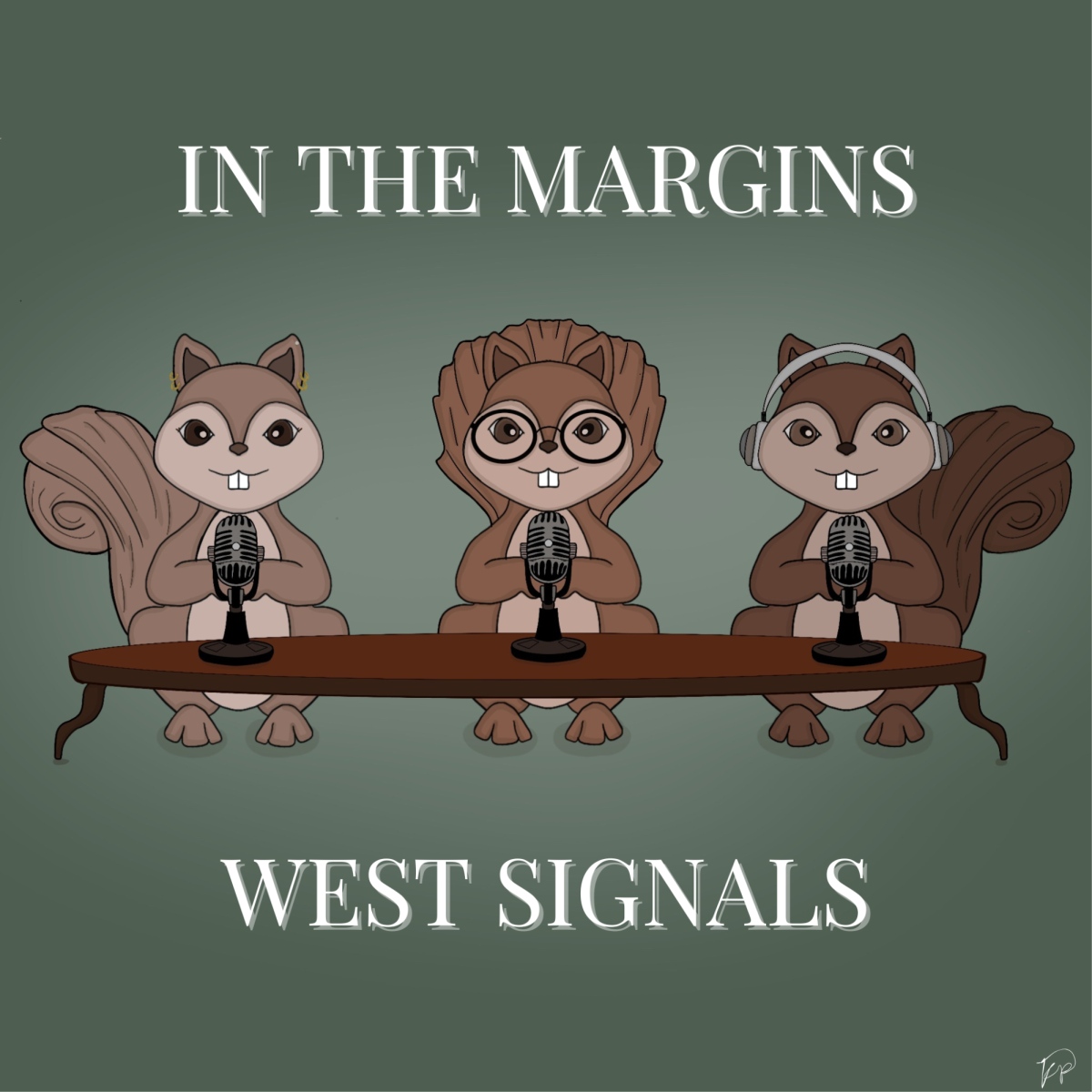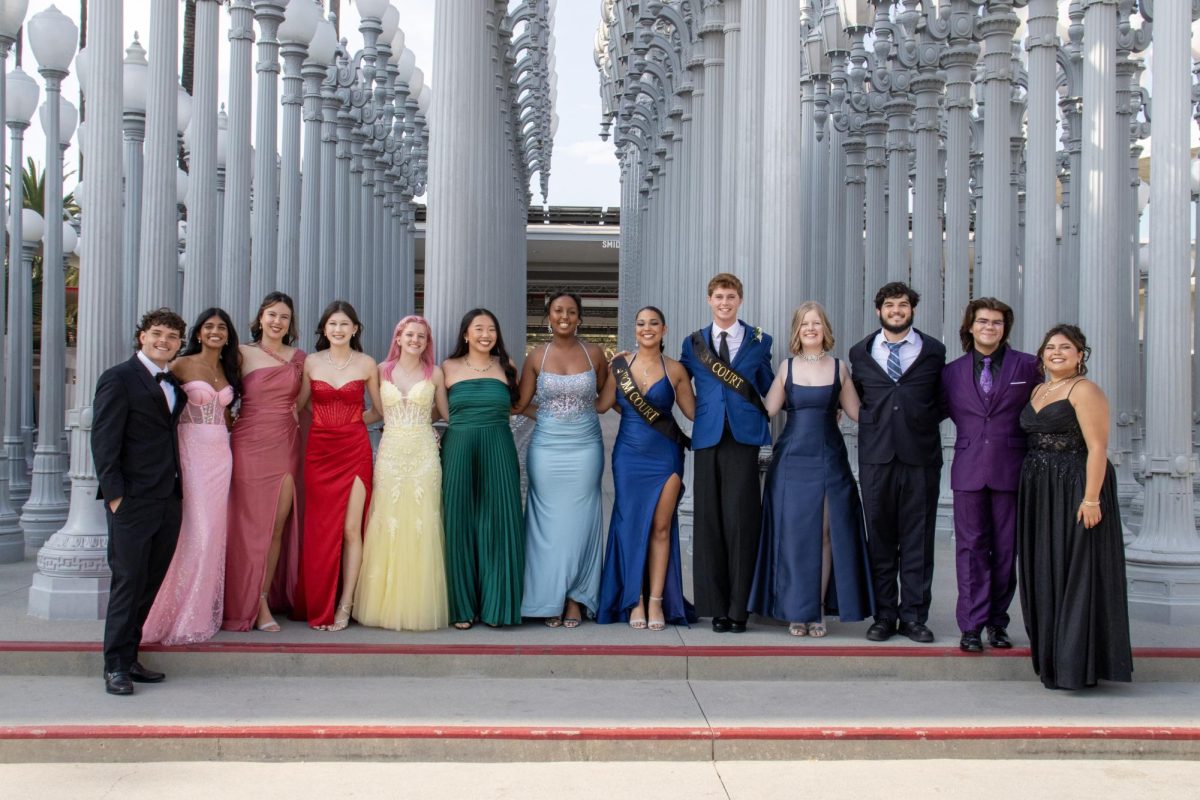New COVID Strain Raises Alarm

Art/Photo by Samantha Takeda
A new and more contagious strain of COVID-19 discovered in the UK has spread into the farthest corners of the world and sent many cities back into lockdown.
January 20, 2021
As we navigate through the first few weeks of 2021, scientists have discovered multiple new strains of the novel coronavirus.
On December 8th, in what appeared to be a typical Tuesday meeting to discuss the pandemic in the United Kingdom, something peculiar caught the eyes of public health experts and scientists. In a diagram depicting the viral sequences of the virus, they noticed that a certain variant they had never seen before accounted for half the cases shown.
In the following weeks, this strain became known as B.1.1.7 and spread rapidly throughout the United Kingdom. The number of COVID-19 cases in the country skyrocketed and the variant made up 60% of infections in London by early December. It became very apparent to British Prime Minister Boris Johnson that a third national lockdown was necessary to slow the spread, which promptly began on January 5th and will last until mid-February.
Through retrospective analysis, scientists worked backward to track down the first versions of the strain and identified that they came from Kent, South East England, on September 20th, according to the World Health Organization.
This infection has been popping up in over 30 countries and several states. The first two cases appeared in a Colorado nursing home. The infected patient had no prior travel history, suggesting that the virus had been circulating for quite some time.
Unsurprisingly, the virus made its way to California, specifically San Diego County. A 30-year-old man tested positive on December 29th. Similar to the case in Colorado, he also had not been to the U.K., leading experts to believe it was not an isolated case.
This new year started looking up when the Pfizer and Moderna vaccines began their roll-out program. “I feel like a lot of people felt the first real ray of hope and optimism,” West Biology teacher Mrs. Chambers explained. Unfortunately, that hope didn’t last for long: “Among the scientific community, there is now concern that that optimism will be dampened by these mutations.”
But how did the original strain of COVID-19 get even worse? Well, it is not unusual for a virus to mutate. Sometimes these mutations have no effect on the virus’ function. But this isn’t the case with B.1.1.7. The variant’s genetic code has 17 different mutations. One mutation, known as N501Y, changes the virus’ receptor binding domain, allowing it to bind better with human proteins. Another mutation called D614G enables the virus to sneak past the immune system’s defenses. Based on early analysis, these mutations make the virus between 50 and 70 percent more transmissible.
This news immediately sparked concern. A faster spread causes more infected people in a shorter period. This might mean we will see more fast-growing outbreaks in the future.
At the moment, California is an epicenter for the coronavirus. Hospitals are so flooded with alarming numbers of COVID-19 cases, that many people are being wheeled into the lobbies. The gift shops, once filled with customers, are now being crowded by patients.
The United States has also fallen quite short of the goal to vaccinate 20 million Americans by the end of 2020—by about 14 million people. President-elect Joe Biden expressed that “at the pace the vaccination program is moving now, it would take years, not months, to vaccinate the American people.” The combination of a faster spreading virus and a slow vaccine rollout has the potential to overburden the already struggling healthcare system.
Fortunately, there is not yet evidence supporting the possibility of B.1.1.7 being more lethal than the original coronavirus, or that it will be resistant to the current vaccines. Though, testing still needs to be done to solidify this conclusion and ensure the virus can’t escape immunity.
Keeping immunocompromised and high-risk family members safe continues to be a concern through this pandemic. West High student Riyana Roy (10) expressed her unease, saying, “My mom has to leave the house to work which means we are regularly exposed. And given the information about this new strain, it might be possible for her to get it and even possibly my entire family.”
Chemistry teacher Mrs. Nguyen shares this fear and urges others to stay inside: “I think people are getting tired of sheltering and [that] it doesn’t seem to help, so people are trying to break out of that sheltering… But I don’t think that, right now, we have any other means of protecting everybody from catching COVID.” Although it is difficult to predict how this might affect the West community, she added that she also worries that it might push back their original plans to have students return to campus even further.
There were also recent reports of two additional mutations in South Africa and Japan, opening the conversation to even more questions. Are they more deadly? Will the vaccine stay effective? What does this mean for us? Much is still unknown, and it has forced experts to work even harder to contain the spread. “The virus is always going to be a few steps ahead of us,” Chambers said. “The big question is, ‘Can we keep up well enough to answer those questions?’”





